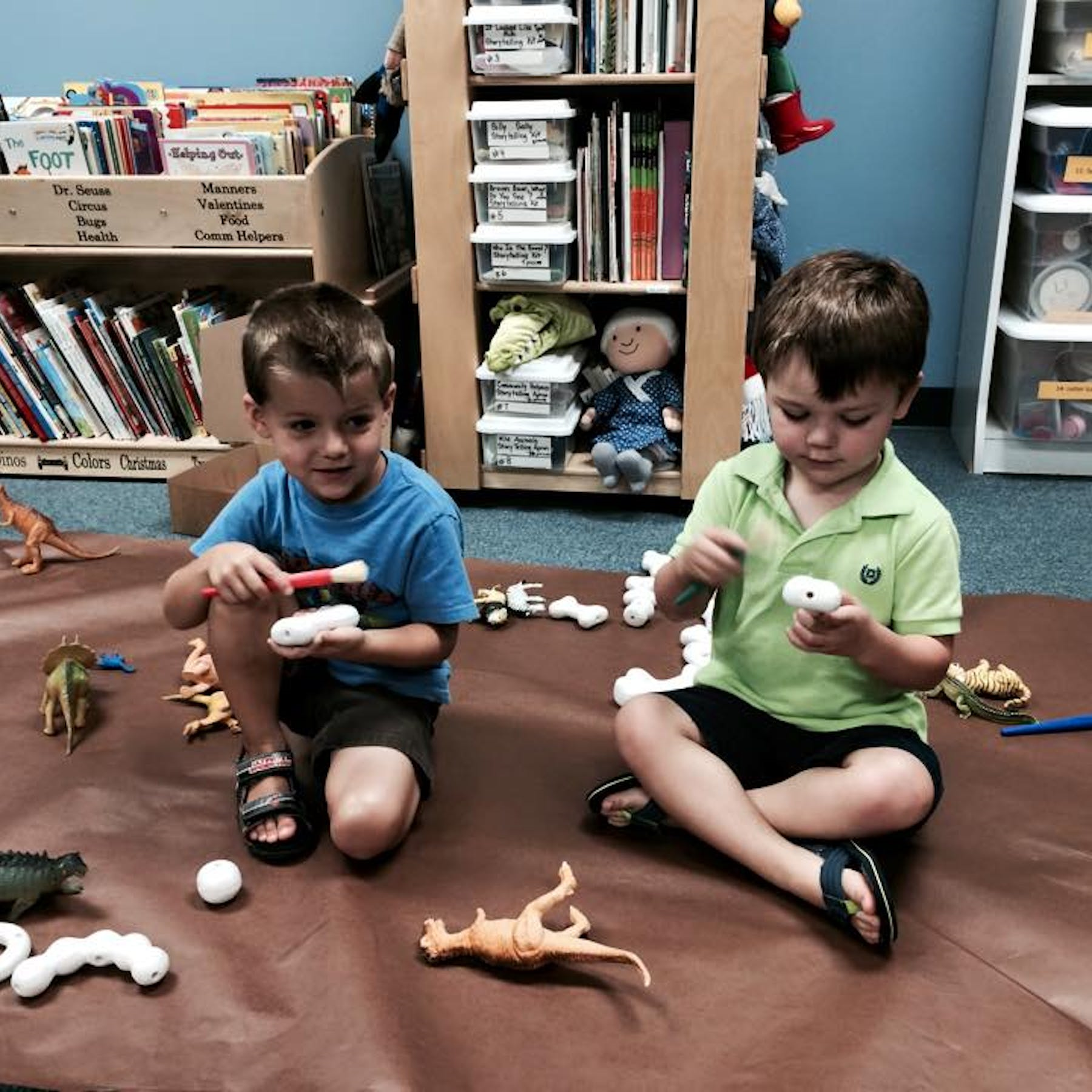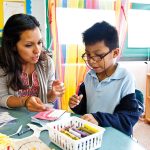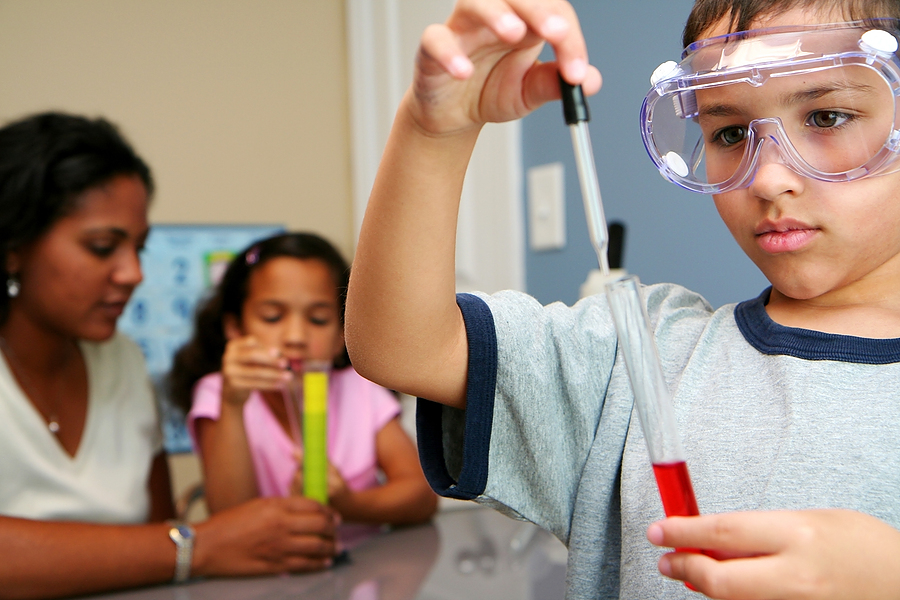Fostering Growth: Paving the Way for a Seamless Move from Preschool to Elementary School

Embarking on the journey from preschool to elementary school marks a significant milestone in a child’s life. As parents and educators, we play a pivotal role in ensuring a smooth and successful transition for our young learners. School readiness encompasses not only academic preparedness but also social, emotional, and physical well-being. In this blog post, we’ll delve into key aspects of school readiness and share insights on how to best support our children during this pivotal phase.
- Cognitive Development: Laying the Groundwork:
Preschool serves as the breeding ground for cognitive development, nurturing skills such as language acquisition, problem-solving, and critical thinking. As children progress to elementary school, these foundational skills become even more crucial. Parents and educators can support cognitive development by engaging children in activities that spark curiosity, creativity, and a passion for learning. Reading together, solving puzzles, and exploring the natural world all contribute to a child’s cognitive growth.
- Social and Emotional Readiness: Cultivating Connections:
The transition to elementary school involves more than academic challenges. Social and emotional readiness is equally vital. Preschoolers learn to navigate social interactions, manage emotions, and build relationships. Strengthening these skills will help children form positive connections with peers and teachers in elementary school. Encouraging cooperative play, teaching empathy, and providing opportunities for sharing and collaboration can enhance a child’s social and emotional well-being.
- Independence and Self-Care Skills: Empowering Young Minds:
Elementary school demands a greater degree of independence from children. Basic self-care skills, such as dressing themselves, organizing belongings, and managing time, become essential. Preschoolers benefit from gradually assuming responsibilities, fostering a sense of autonomy and confidence. Parents and educators can encourage independence by allowing children to make choices, set goals, and take on age-appropriate responsibilities.
- Effective Communication: Bridging Connections:
Communication is a key component of school readiness. As children transition to elementary school, they encounter new environments, teachers, and classmates. Strong communication skills enable them to express themselves clearly and seek help when needed. Encouraging open dialogue, active listening, and fostering a supportive environment at home and in preschool can contribute to a child’s confidence in expressing thoughts and feelings.
- Establishing Routines: A Framework for Success:
Consistent routines provide a sense of stability and predictability, which is crucial for a smooth transition. Preschoolers benefit from established daily routines that incorporate learning, play, and rest. As they enter elementary school, maintaining a structured schedule continues to support their overall well-being. A well-balanced routine helps children manage their time effectively, reduces anxiety, and creates a positive learning environment.
Conclusion:
The journey from preschool to elementary school is a transformative period in a child’s life. By focusing on cognitive development, social and emotional readiness, independence, effective communication, and establishing routines, parents and educators can provide a robust foundation for success. Together, we can empower our young learners to embrace the exciting challenges and opportunities that lie ahead, ensuring a seamless and enriching transition to elementary school.












